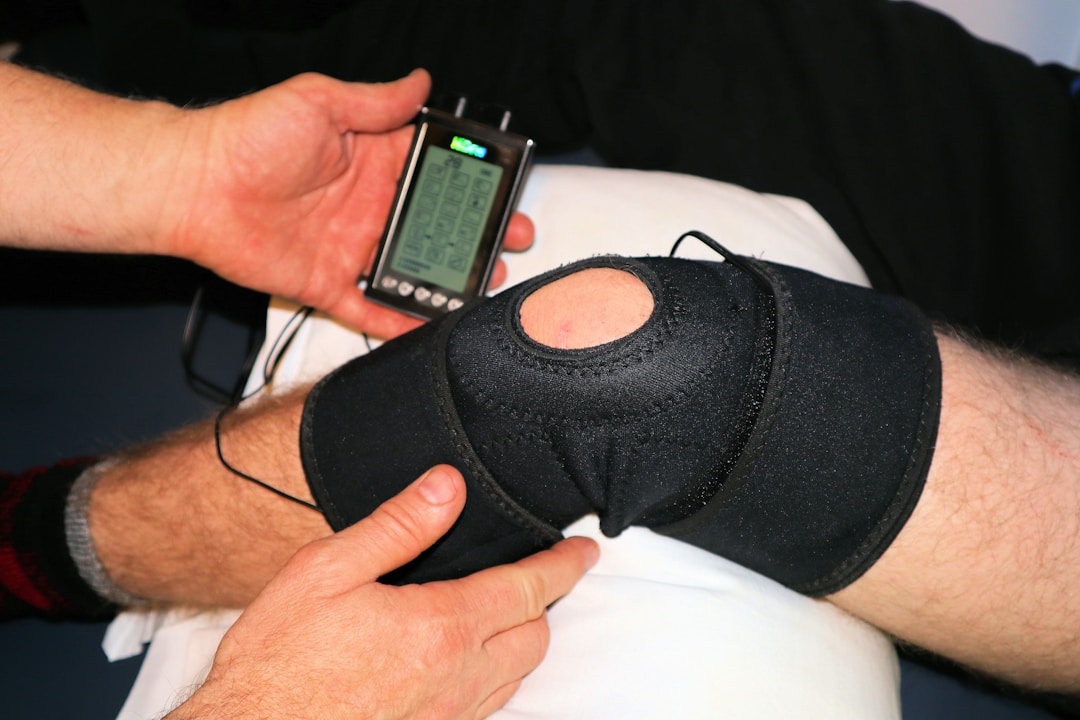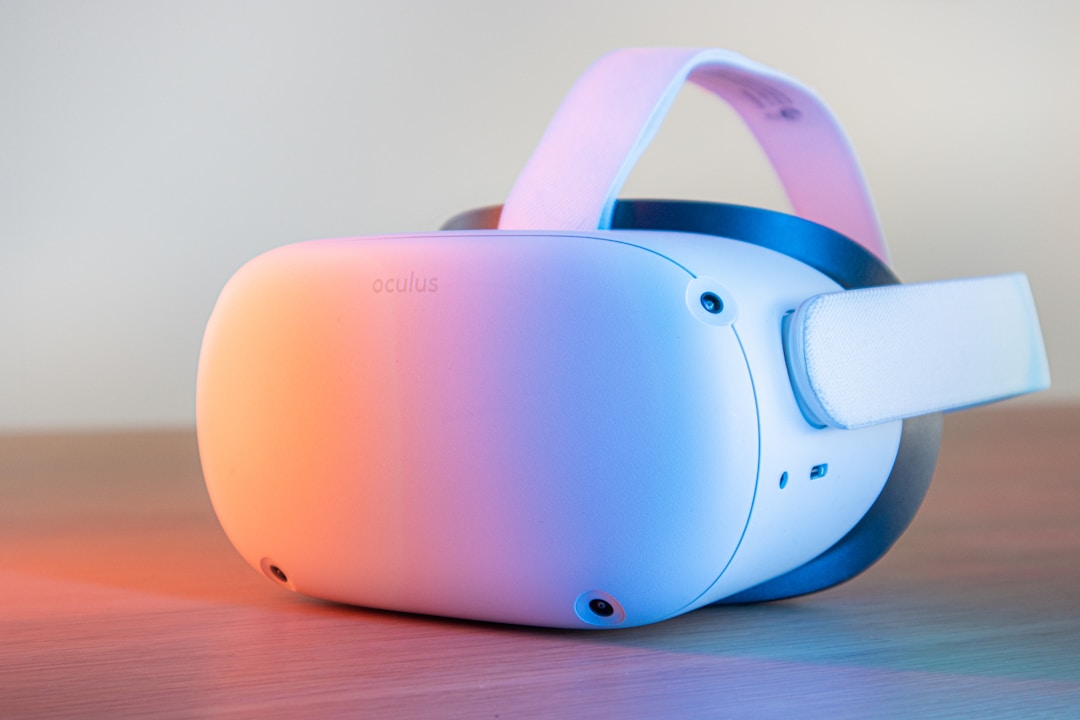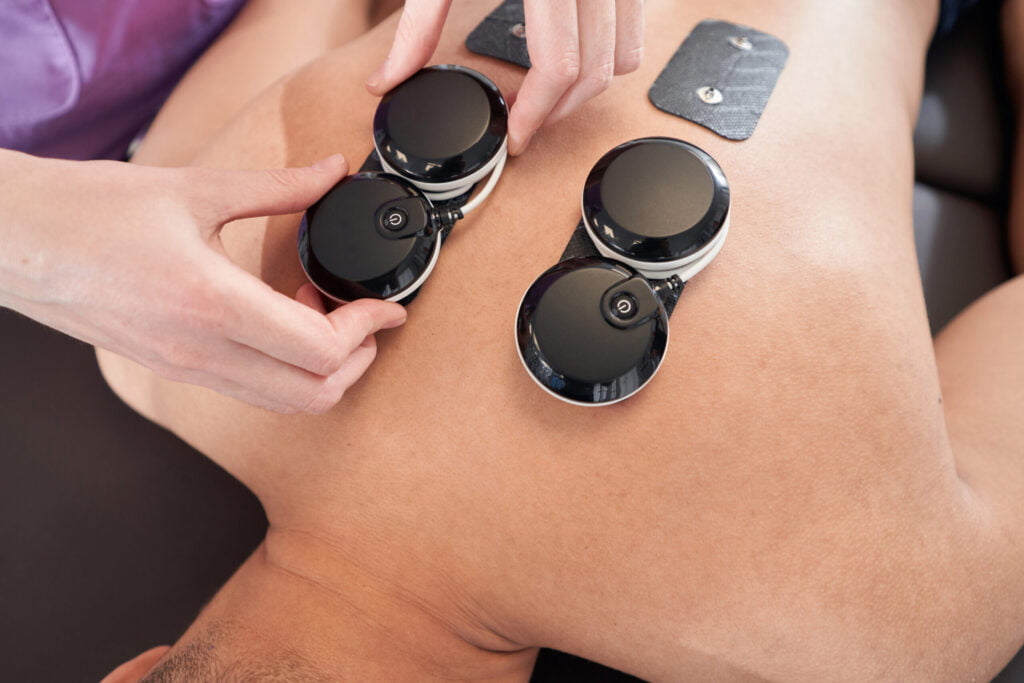The Latest Advances in Physical Therapy Treatments
In the ever-evolving world of healthcare, new treatments and therapies keep changing the physiotherapy landscape innovatively. One sector that has benefited from these advancements is physical therapy. Incredible technological progress presents promising opportunities for a better understanding of the human body, efficient diagnoses, and customized treatment plans. In this article, we dive deeper into the revamps revolutionizing this domain.
Demystifying the Latest Advances in Physical Therapy Treatments

In recent years, physical therapy has undergone transformations with ground-breaking innovations. These advances are a result of meticulous research and the integration of technology into conventional therapy methods. The patient experience is now being redefined from diagnosis to treatment and post-therapy tracking. The tech-integration has seen the birth of novel techniques like neurological physical therapy, geriatric physical therapy, and sports rehabilitation, amplifying the traditional techniques’ efficiency.
Many of these technological interventions have made physical therapy in Boise Idaho more effective It has simplified the ability for practitioners to identify issues, share experiences, and automate processes, thereby bolstering the overall output. Treatments have become personalized, thereby allowing professionals to develop a rapport with their patients and keep track of their healing process, both of which have been crucial for patient confidence and comfort. This facility has a commitment to assisting athletes and active individuals with every aspect of therapy and recovery.
Understanding the Impact of Regenerative Medicine on Physical Therapy
Regenerative medicine is a burgeoning field that has the potential to transform physical therapy. It involves using non-invasive methods, including biologics and natural substances, to stimulate the body’s healing process. Clinicians have used regenerative medicine principles for treating musculoskeletal conditions like osteoarthritis and joint issues. A major focus area is using stem cells and platelet-rich plasma to repair damaged tissues and reduce pain and inflammation.
Regenerative medicine not only offers an alternative to traditional treatments, but it complements therapy routines allowing for speedier rehabilitation and recovery. It’s a step forward in medicine, benefitting aging populations and people with chronic diseases. With continued research and improvements in this field, the use of regenerative medicine in physical therapy will grow, further enhancing patient outcomes.
How Hydrotherapy is Revolutionizing Traditional Physical Therapy Techniques

Hydrotherapy, or water therapy, has become a tool in modern physical therapy. It involves exercises performed in water to provide a gentle approach to rehabilitation, particularly for patients who find land-based exercises challenging or pain-inducing. Water resistance is a valuable means of strengthening muscles. It provides resistance which acts as a gentler alternative to weights, reducing the risk of aggravation or injury. Furthermore, the natural buoyancy of water helps lessen the impact on joints, which is especially beneficial in post-surgery rehabilitation.
Additionally, the warm water used in hydrotherapy improves circulation and relaxes muscles, thus creating an excellent environment for convalescence. With the continued evolution and development of these technologies and advanced techniques, the future of physical therapy looks brighter than ever before.
Virtual Reality Assisted Therapy: Altering the Physical Therapy Landscape

Virtual Reality (VR) has brought along an era of game-changing therapies. Implementing VR in physical therapy is becoming increasingly popular due to its immersive technology that serves dual purposes – it is a distraction as well as a medium for facilitating motor learning. By integrating physical therapy with virtual reality, complex movements can be broken down into simpler steps, making rehabilitation more successful. VR creates real-life scenarios aiding patients to practice these movements in a controlled environment.
Moreover, its ability to measure progress metrics allows therapists to track and adapt the treatment based on a patient’s progress. This real-time monitoring capability is a significant step forward in patient rehabilitation. Despite its potential, the widespread use of VR in physical therapy still requires more investigation. However, its prospects for the future are bright.
As this blog illustrates, the latest advancements in physical therapy have fundamentally transformed the field, offering patients innovative and individualized treatments. As we move forward, the integration of technology into traditional methods will continue to be a game-changer, pushing the boundaries of what’s possible for patient rehabilitation. The best place to start is by making an appointment with a trusted physical therapist to talk about the right solutions for you.




